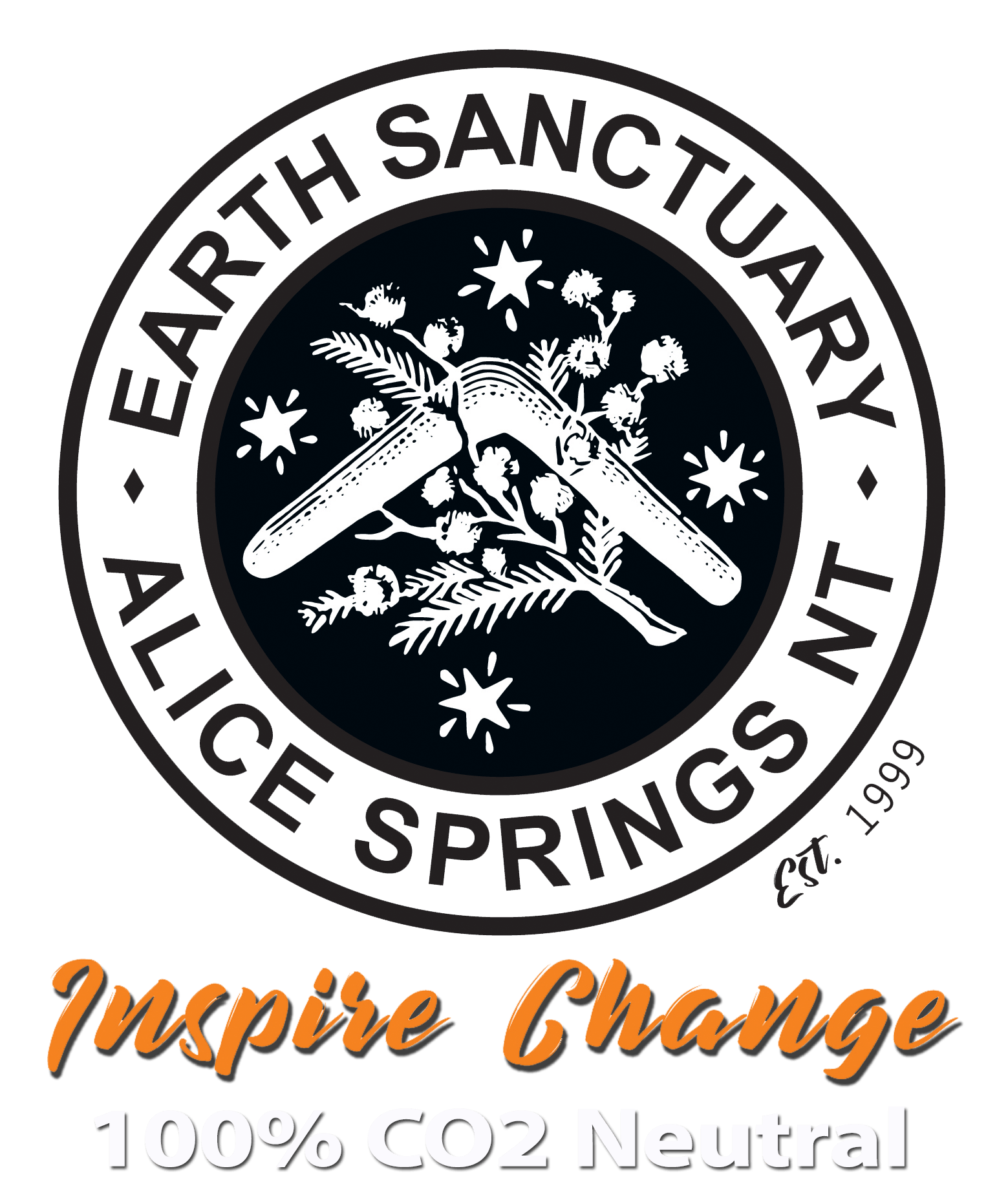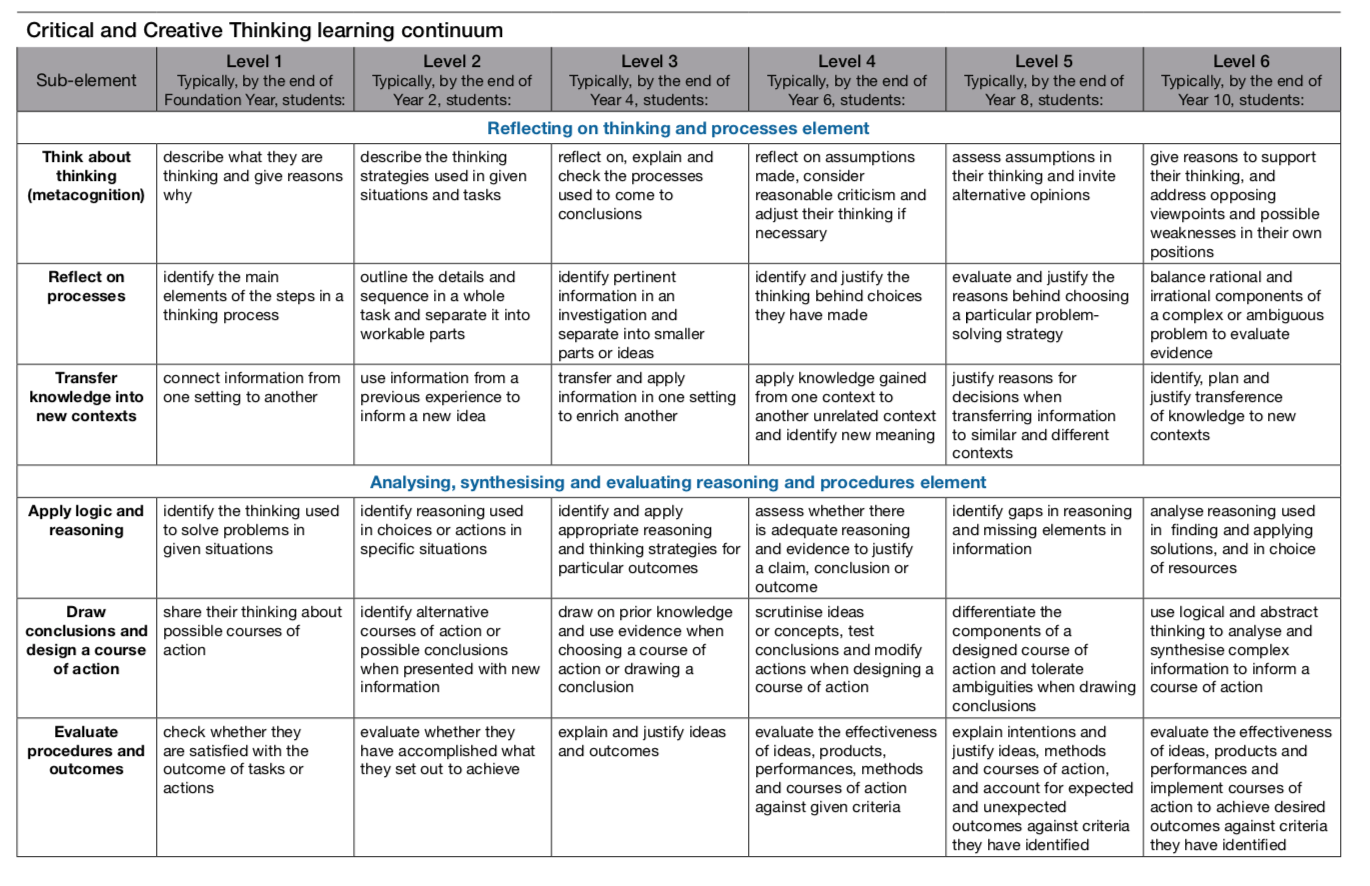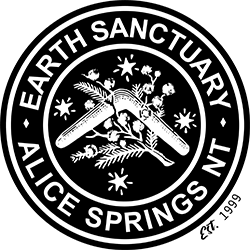Testimonials
& Curriculum Mapping

Earth Sanctuary Learning Adventures
Culture Immersion
We share our future with the oldest living culture on Earth. Immerse and understand how we can grow together.
Critical Thinking
Team Building, team leading, team motivation. We are passionate about inspiring our leaders of tomorrow.
Sustainability
At the heart of our Learning Adventures is Sustainability and Climate Change Awareness.
Earth & Space Science
We live on the perfect planet! Lets discover why by heading into space.
The Arts
Creativity and Passion are a great attribute for any young adult. We explore the Arts to expand the mind.
Health & Physical Education
Let's get moving! Any speed is just fine. Health & wellbeing starts with a strong heart and a positive mindset.
We strive for Powerful Down to Earth Learning
Testimonial - 2022
Bernie Mills : Head of Outdoor Education at Firbank Girls Grammar. Victoria, Australia
"We run a fairly extensive journey based OE and International program and work with many providers. I was not keen to run a bus tour in Central Australia and came across Tom at Earth Sanctuary. I cannot speak more highly of Tom, Dan and their programs. I’m have absolute faith in their safety procedures, genuine intentions to deliver a quality and authentic program. Working directly with the owners to deliver these programs is a key standout. This is not a ‘off the shelf’ product that is focused on making money over delivering meaningful programs. Tom and Dan are passionate and able to pitch to our students perfectly and deliver exceptional programs."
Testimonial - 2022
Kym Maclean: Head of Yr 10 Education at Loretto Girls Grammar. Toorak, Victoria, Australia
"During 2022, Loreto Toorak has been extremely fortunate to have three of our secondary school year levels each participate in weeklong journeys with the Earth Sanctuary team which included time at Earth Sanctuary, Alice Springs and busing to King’s Canyon and to Uluru. Earth Sanctuary have been outstanding to work with; passionate about what they do, highly professional in their approach, as well as accommodating in tailoring programs to suit our school.
Earth Sanctuary’s vision to inspire and educate is evident. Sharing their extensive knowledge and insight into the unique aspects of Central Australia, our students developed a deeper connection with the natural environment. The team established a tone that encouraged reflection and gratitude, and as our students learned more about the importance of sustainable living, they also understood the responsibility of being agents of change.
The Earth Sanctuary property is a special place that allows for all who stay there to be mesmerised by the night skies. Viewing the moon and planets through the telescopes, along with the informative astronomy talks, provides an excellent foundation for star gazing. Most students and staff chose to sleep in swags so that they could spend the night looking up in awe, even though quality tents were available for all.
Fostering strong relationships with a range of people, from community members to local providers also seems central to Earth Sanctuary’s ethos. Through this, our students were able to develop a deeper understanding of Aboriginal people and culture, so important for cultivating greater empathy and supporting reconciliation. Despite our camps having large numbers of students in our groups, the Earth Sanctuary team managed to make each student feel connected engaged and supported. Attentive to our needs (and requests), nothing was ever too much trouble, whether it be visiting a particular site, individual catering preferences, addressing health issues that arose, as examples.
Earth Sanctuary provide a highly memorable experience of Central Australia, which opens the minds and hearts of all who participate in their programs. They are exemplary in their field, and we look forward to our continued association in the years to come."
Testimonial - 2022
Jackie Ellis : Communications Manager at The King David School. Armadale Victoria, Australia
"An authentic and unique culturally immersive experience for our Year 8 students, learning about country and ancient practices of the Anangu and Arrernte people of Uluru and Alice Springs.
Earth Sanctuary provided our students with a rich outdoor education program that included a dynamic and engaging range of activities. Having returned to Melbourne, we are certain this experience will encourage our students to appreciate the preciousness of life for all the world’s inhabitants. Looking forward to returning next year with a new group of Year 8s."
."
Sustainability - is at the core of Earth Sanctuary Tours
Earth Sanctuary's unique educational programs have informed and entertained thousands of students in both primary and secondary school across Australia and overseas since the year 2000. The core focus of our tours are to broaden awareness on sustainability and to deliver outcomes that result in students taking meaningful action in their own lives, be it at home, school and as a metaphor for life. Our sustainability education program comprises six simple and easy to follow categories that each cover the broad spectrum of subjects that relate to sustainability. These categories are:
Energy - Water - Shelter - Food - Utilities - Wellbeing
The subjects contained in these major categories often overlap and entwine to demonstrate the holistic approach required to formulate a sound appreciation of how sustainability affects all areas of life. This understanding correlates with the sustainability curriculum, which asserts “sustainability addresses the ongoing capacity of Earth to maintain all life”.
To assist teachers in meeting the needs set out in the National Sustainability Curriculum, Earth Sanctuary has mapped across its’ program content to align with the ‘Organising Ideas’ set out in the curriculum. This way, teachers can utilise the Earth’s Cool content to assist in the delivery of information to students throughout the course of their study. Below the National Curriculum overview is provided followed by the relevant mapping of the codes and organising ideas to the Earth’s Sanctuary subjects and learning modules. As the subject of Sustainability is relatively new to the national curriculum, our tours are designed to introduce key concepts to stimulate inquiry into their broader applications.
See below for key outcomes.
Earth Sanctuary
Curriculum Mapping
The Earth Sanctuary maps all our learning activities with the Australian Curriculum. Designed to help all young Australians to become successful learners, confident and creative individuals our learning adventures inspire and empower the next generation.
Disciplinary knowledge, skills and understanding are described in the eight learning areas of the Australian Curriculum: English, Mathematics, Science, Health and Physical Education, Humanities and Social Sciences, The Arts, Technologies and Languages. The team at Earth Sanctuary are eager to tailor make your next Learning Adventure and assist with delivering an appropriate curriculum mapped to your unique requirements.
Sustainability
Code Organising ideas Systems
OI.1 The biosphere is a dynamic system providing conditions that sustain life on Earth.
OI.2 All life forms, including human life, are connected through ecosystems on which they depend for their wellbeing and survival.
OI.3 Sustainable patterns of living rely on the interdependence of healthy social, economic and ecological systems.World views
OI.4 World views that recognise the dependence of living things on healthy ecosystems, and value diversity and social justice, are essential for achieving sustainability.
OI.5World views are formed by experiences at personal, local, national and global levels, and are linked to individual and community actions for sustainability.Futures
OI.6 The sustainability of ecological, social and economic systems is achieved through informed individual and community action that values local and global equity and fairness across generations into the future.
OI.7 Actions for a more sustainable future reflect values of care, respect and responsibility, and require us to explore and understand environments.
OI.8 Designing action for sustainability requires an evaluation of past practices, the assessment of scientific and technological developments, and balanced judgements based on projected future economic, social and environmental impacts.
OI.9 Sustainable futures result from actions designed to preserve and/or restore the quality and uniqueness of environments.
Sustainability
Overview
The Australian Curriculum places emphasis on Sustainability as a priority for study that connects and relates relevant aspects of content across learning areas and subjects.
Cross-curriculum learning is fundamental to:
- understanding the ways social, economic and environmental systems interact to support and maintain human life
- appreciating and respecting the diversity of views and values that influence sustainable development
- participating critically and acting creatively in determining more sustainable ways of living.
Through the priority of Sustainability, students develop the knowledge, skills, values and world views necessary to contribute to more sustainable patterns of living.
Culture Immersion
Code Organising ideas Systems
Country/Place
OI.1Australia has two distinct Indigenous groups: Aboriginal Peoples and Torres Strait Islander Peoples, and within those groups there is significant diversity.
OI.2Aboriginal and Torres Strait Islander communities maintain a special connection to and responsibility for Country/Place.
OI.3Aboriginal and Torres Strait Islander Peoples have holistic belief systems and are spiritually and intellectually connected to the land, sea, sky and waterways.
Culture
OI.4Aboriginal and Torres Strait Islander societies have many Language Groups.
OI.5Aboriginal and Torres Strait Islander Peoples’ ways of life are uniquely expressed through ways of being, knowing, thinking and doing.
OI.6Aboriginal and Torres Strait Islander Peoples live in Australia as first peoples of Country or Place and demonstrate resilience in responding to historic and contemporary impacts of colonisation.
People
OI.7The broader Aboriginal and Torres Strait Islander societies encompass a diversity of nations across Australia.
OI.8Aboriginal and Torres Strait Islander Peoples' family and kinship structures are strong and sophisticated.
OI.9The significant contributions of Aboriginal Peoples and Torres Strait Islander Peoples in the present and past are acknowledged locally, nationally and globally.
Culture
Overview
The Australian Curriculum sets consistent national standards to improve learning outcomes for all young Australians. ACARA acknowledges the gap in learning outcomes between Aboriginal and Torres Strait Islander students and their non-Indigenous peers. It recognises the need for the Australian Curriculum to provide every opportunity possible to ‘close the gap’.
Therefore, the Australian Curriculum is working towards addressing two distinct needs in Aboriginal and Torres Strait Islander education:
- that Aboriginal and Torres Strait Islander students are able to see themselves, their identities and their cultures reflected in the curriculum of each of the learning areas, can fully participate in the curriculum and can build their self-esteem
- that the Aboriginal and Torres Strait Islander Histories and Cultures cross-curriculum priority is designed for all students to engage in reconciliation, respect and recognition of the world’s oldest continuous living cultures.
- Critical Thinking
Critical thinking is at the core of most intellectual activity that involves students learning to recognise or develop an argument, use evidence in support of that argument, draw reasoned conclusions, and use information to solve problems. Examples of critical thinking skills are interpreting, analysing, evaluating, explaining, sequencing, reasoning, comparing, questioning, inferring, hypothesising, appraising, testing and generalising. - Creative thinking involves students learning to generate and apply new ideas in specific contexts, seeing existing situations in a new way, identifying alternative explanations, and seeing or making new links that generate a positive outcome. This includes combining parts to form something original, sifting and refining ideas to discover possibilities, constructing theories and objects, and acting on intuition. The products of creative endeavour can involve complex representations and images, investigations and performances, digital and computer-generated output, or occur as virtual reality.
-
Team Challenges
OI.1What team challenge did you enjoy the most? Please explain what you learnt from this challenge.
OI.2Which activity did you find most challenging? Please explain what you learnt from this challenge.
OI.3Why do you think we do team challenges?
OI.4What is one aspect you learnt about yourself during the team challenges that you are going to work on during the year? This will become one of your personal goals to work on.
Critical Thinking
Overview
In the Australian Curriculum, students develop capability in critical and creative thinking as they learn to generate and evaluate knowledge, clarify concepts and ideas, seek possibilities, consider alternatives and solve problems. Critical and creative thinking involves students thinking broadly and deeply using skills, behaviours and dispositions such as reason, logic, resourcefulness, imagination and innovation in all learning areas at school and in their lives beyond school.
Thinking that is productive, purposeful and intentional is at the centre of effective learning. By applying a sequence of thinking skills, students develop an increasingly sophisticated understanding of the processes they can use whenever they encounter problems, unfamiliar information and new ideas. In addition, the progressive development of knowledge about thinking and the practice of using thinking strategies can increase students’ motivation for, and management of, their own learning. They become more confident and autonomous problem-solvers and thinkers.
- Responding to the challenges of the twenty-first century – with its complex environmental, social and economic pressures – requires young people to be creative, innovative, enterprising and adaptable, with the motivation, confidence and skills to use critical and creative thinking purposefully.
- This capability combines two types of thinking: critical thinking and creative thinking. Though the two are not interchangeable, they are strongly linked, bringing complementary dimensions to thinking and learning.



